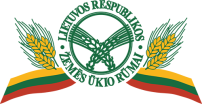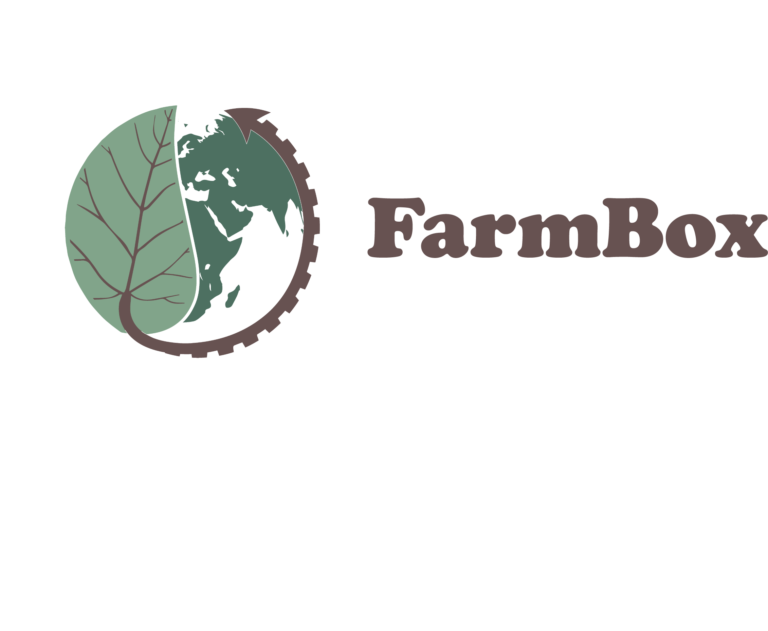Dairy farms around the world are striving to ensure that farm profitability and climate change must go hand in hand. They are also looking responsibly at how to make more efficient use of existing resources, how to make better management decisions and how to protect the environment. Consumers also need to know that they are consuming dairy products produced on farms that are safe and environmentally responsible. Dairy farms are sometimes blamed, quite unjustifiably, for climate change and greenhouse gas emissions of carbon dioxide (CO2) and methane (CH4). More information is needed to change this attitude and to protect dairy farms from the often unfounded attacks. Some people have it and are aware of the situation, while others are guided by emotion and attack dairy farms without justification. So we must raise awareness about the environment and how dairy farming contributes to a safer and more sustainable world. Human sustainability with the environment becomes even more important in the light of COVID-19, as it helps to preserve the social link between producer and consumer and to trust each other.

Sustainable, smart and efficient farming does not threaten climate change. In Lithuania, the number of farms doing so is growing. On dairy farms, this is helped by high-efficiency dairy cattle breeds (Black and Green Holsteins). The more milk an animal produces, the lower the environmental impact. Productive farms have more efficient use of feed, a balanced diet, better manure quality and other important factors such as better grass seed, pasture renovation and maize acreage.
I think this makes us look at dairy farms in a different light, namely in terms of their contribution to a safer and cleaner world.
Lithuania can contribute to reducing climate change by choosing the right breeds, by monitoring feeding, by breeding healthier animals. We also have a shared responsibility to do so, as greenhouse gas emissions are rising worldwide.
On farms, investments in grass and crop seeds go hand in hand with efficient milk production. In this way, both the farmer and the consumer benefit. The farmer reduces production costs by using less fuel, pesticides and herbicides, while the consumer gets a safer and healthier product. So, in addition to livestock genetics, the world is investing heavily in seeds for grasses, forage and food crops. The increase in the human population, already 7.7 billion in 2020, encourages us to provide ourselves with safe and healthy food, while at the same time protecting and preserving the environment around us. The growth in livestock productivity over the next 10 years will be faster than the growth in livestock numbers, and the same will be true for cereal crops.
Cereals are set to grow at a very high rate and pasture areas are even decreasing, although livestock farming intensity is being maintained as pasture efficiency increases. Pasture, as modern seed meadows, contributes strongly to a lower increase in greenhouse gases, as it accumulates huge amounts of CO2.
A few more observations on how dairy farming contributes to a healthier environment. An important factor in the existence of a sustainable and safe dairy farm is the use of antibiotics. Farms that implement innovative herd management programmes based on the use of artificial intelligence in herd management significantly reduce the use of antibiotics. Only sick animals are treated and the effects of antibiotics are tracked in the programmes, thus avoiding the increased use of antibiotics on livestock.
FarmBox – The farmer’s toolbox for climate change mitigation
(2020-1-IT01-KA226-VET-008891)

